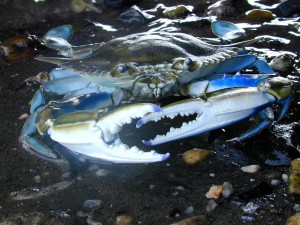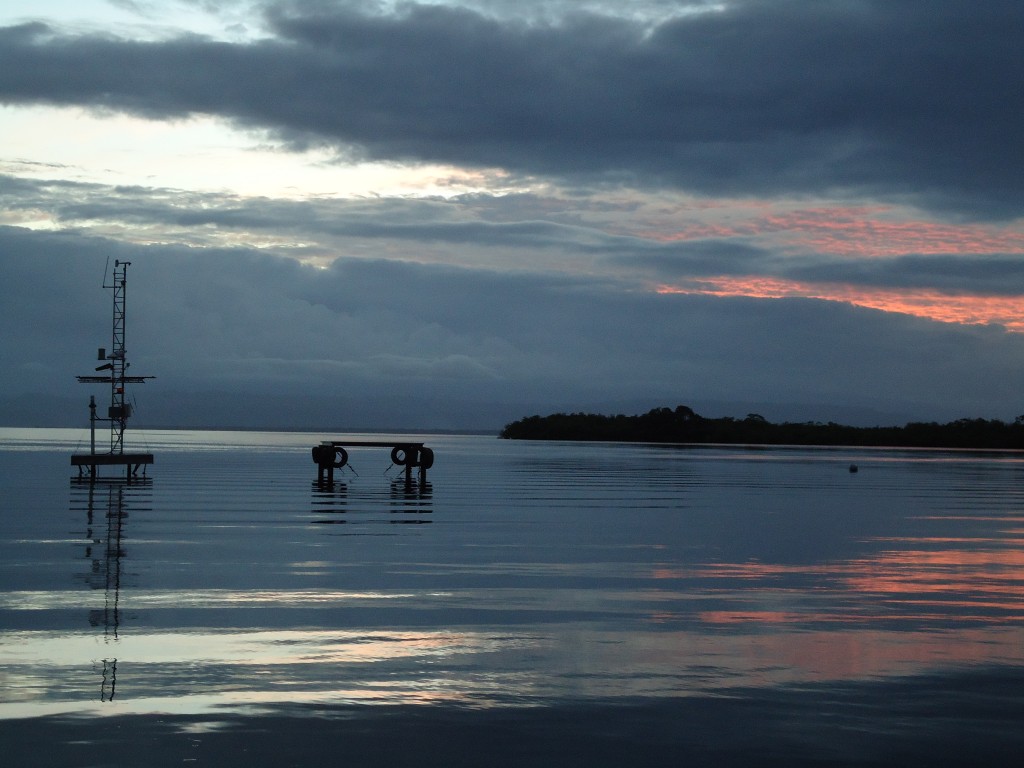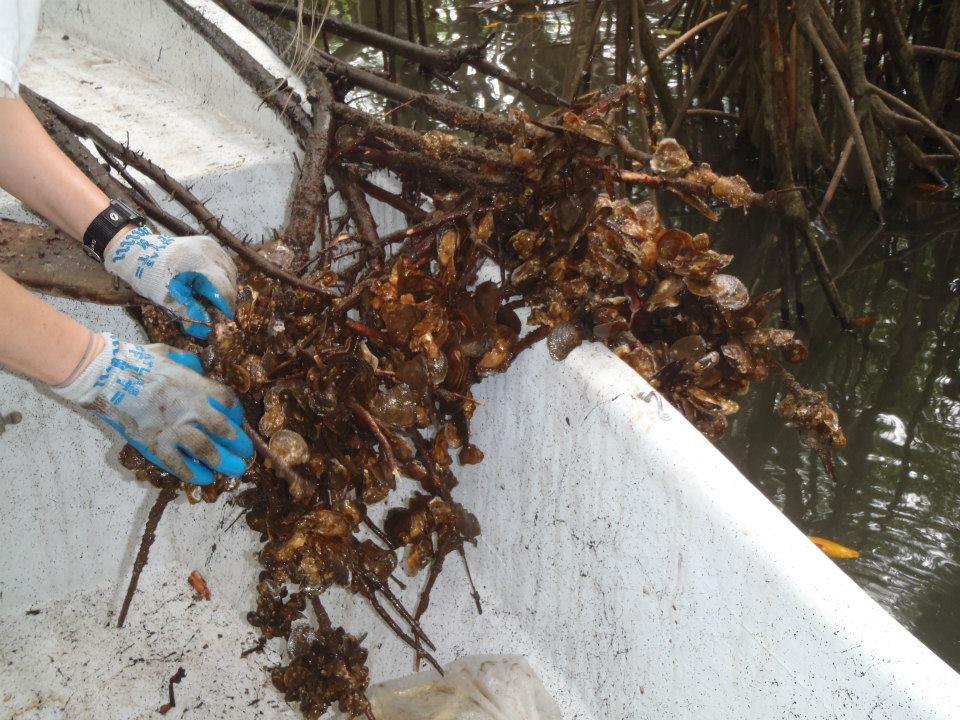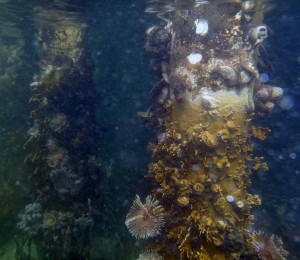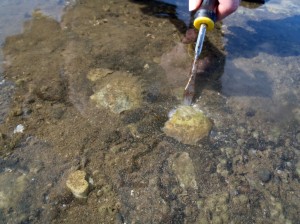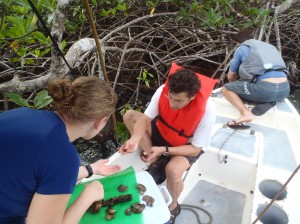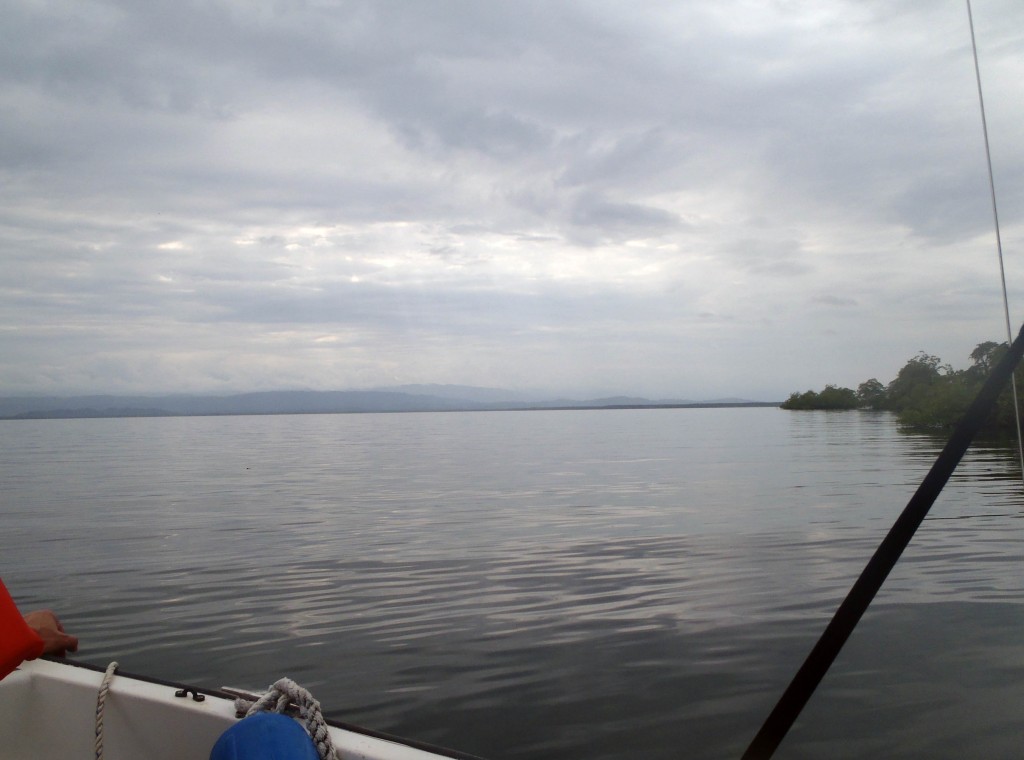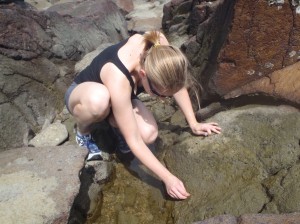by Monaca Noble and Paul Fofonoff
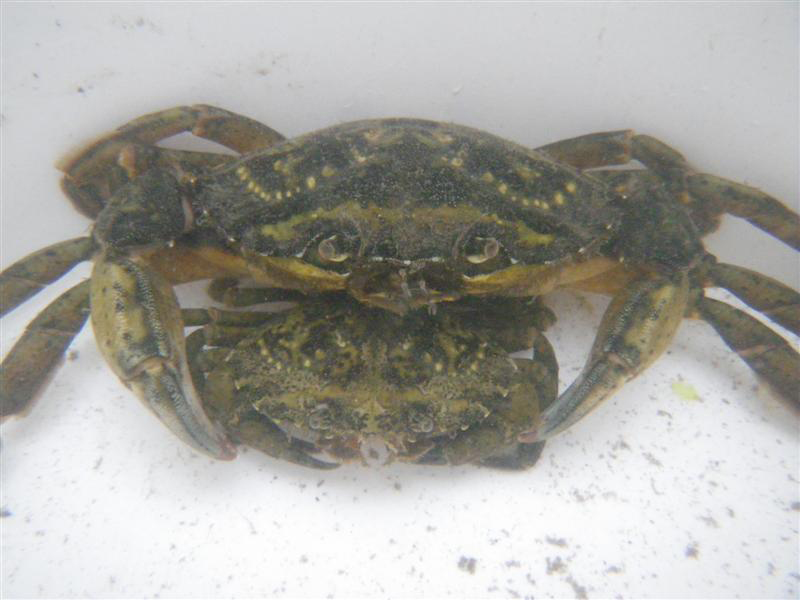
The European green crab has been on the east coast of the U.S. since 1817. (SERC)
The title question was raised by one of the readers of last month’s feature story on green crabs (Carcinus maenas). The reader asked, “If the green crab was first seen here [the East Coast of the US] in 1817, is it still considered an invasive species 200 years later? How far back do you go to claim something is invasive vs. native?” Several groups of people have drawn their own lines in the sand, but we wanted to examine current thoughts and perceptions. The following article is based on views expressed in a recent listserve discussion.
The term invasive was used in the green crab article because the crab is on the list of the world’s 100 worst invasive species. But it is also commonly used as a synonym of introduced. Which brings us to the importance of terms and definitions.
As one respondent pointed out, there are different interpretations of the term “invasive.” Some people define invasive in terms of a species’ ecological impact or behavior, while others use it to refer to a species’ origin, and sometimes both are part of the definition. If a species’ characterization as invasive is based only on its ecological behavior, then it is possible for a species to be both native and invasive. But if the species’ origin is part of the definition, then only nonnative species can be invasive. Others add another dimension to the word by making the mode of introduction important. Species can be spread naturally through dispersal and/or through human-mediated transport. Some people use invasive in reference to human-mediated introductions of nonnative species. Unfortunately, when we hear the word “invasive” we rarely know the definition behind it.
But whether something is considered invasive appears to be largely a matter of perception rather than just definition, and there are many contributing factors that muddy the water. Most responses from the discussion fell into three perception categories represented by these questions:
1) Do we benefit from the species, or is it harmful?
2) Is the species part of what we consider the natural landscape?
3) Is the species native?
Maybe our problem is that we view nature in the time frame of a biologist’s career-span.”
Click to continue »

